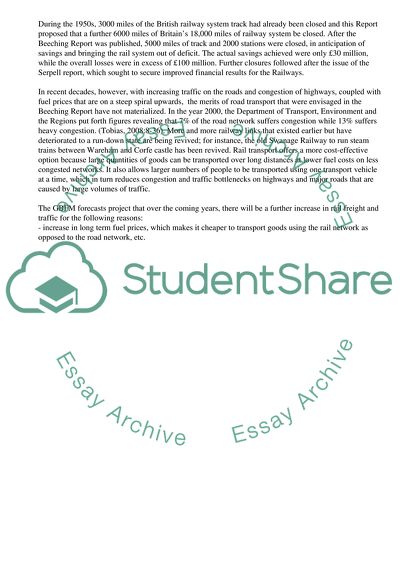Cite this document
(The Great Britain Freight Model and Freight Transport Models Case Study - 11, n.d.)
The Great Britain Freight Model and Freight Transport Models Case Study - 11. Retrieved from https://studentshare.org/management/1727459-operations-management
The Great Britain Freight Model and Freight Transport Models Case Study - 11. Retrieved from https://studentshare.org/management/1727459-operations-management
(The Great Britain Freight Model and Freight Transport Models Case Study - 11)
The Great Britain Freight Model and Freight Transport Models Case Study - 11. https://studentshare.org/management/1727459-operations-management.
The Great Britain Freight Model and Freight Transport Models Case Study - 11. https://studentshare.org/management/1727459-operations-management.
“The Great Britain Freight Model and Freight Transport Models Case Study - 11”. https://studentshare.org/management/1727459-operations-management.


